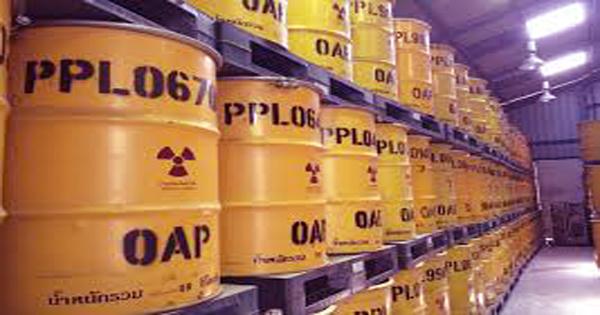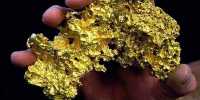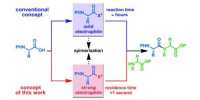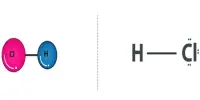Raising corrosion and increasing the risk of radioactive release, Proposed high-level nuclear waste storage facilities will communicate in ways that were not predicted. Problems are probably solvable, but the cost of doing so is unknown.
The water in the metal containers will eventually decompose, but it is expected that sufficiently dry sites will bind the waste needed for the duration of death due to radioactivity. Dr. Xiaolei Guo questioned it, saying that by providing evidence, everything could break down much faster than previously expected.
Initially, the waste should be kept in a temporary, upper place until sufficient short-lived radioactive isotopes have been eroded to secure the initial process. Although the details vary, most radioactive nuclear waste conservation plans usually have some common features. The waste will then be mixed with suitable materials for borosilicate glass or ceramic structures, which will be placed inside metal containers and buried deeper and more distant, in facilities.
In one experiment, Guo found that in just 30 days, steel containers were pressed against their contents, while thirty appeared in the radioactive glass, while it lasted for several thousand years. Ceramics have become rubbish as well and have affected steel bargaining. Guo reports in Natural Materials that the problem lies where the metal is mixed with glass or ceramic. When water is present, the stainless steel communicates with the proposed waste encapsulator to compress the motion.
This claim could be rejected if Guo continues to oppose nuclear power. Instead, he is based at Ohio State University’s Center for Atomic Waste Forms and Containers Performance and Design. Guo said in a statement, “This indicates that current models may not be sufficient to store this waste safely.”
Previous studies have missed this because they view storage components individually without considering their interactions. Guo attributes these problems to the proximity of iron with silicon, which combines with salt water to lead to a highly acidic local environment.
Iron-free containers can solve the problem, or a barrier can be placed between steel and glass. However, as popular as the proposed storage site is – more sensitive to water intrusion after the discovery of rock salt domes, studies have shown that safe disposal of high levels of nuclear waste is still somewhat off-limits and budgets may be inadequate.
The Yucca Mountain facility was a favorite site in the United States, but the Swedish state of Nevada for the presidential and Senate elections has brought opposition to stagnation. Finland is the only country to start building long-term high-level waste storage facilities. So far no one was able to send in the perfect solution, which is not strange.














